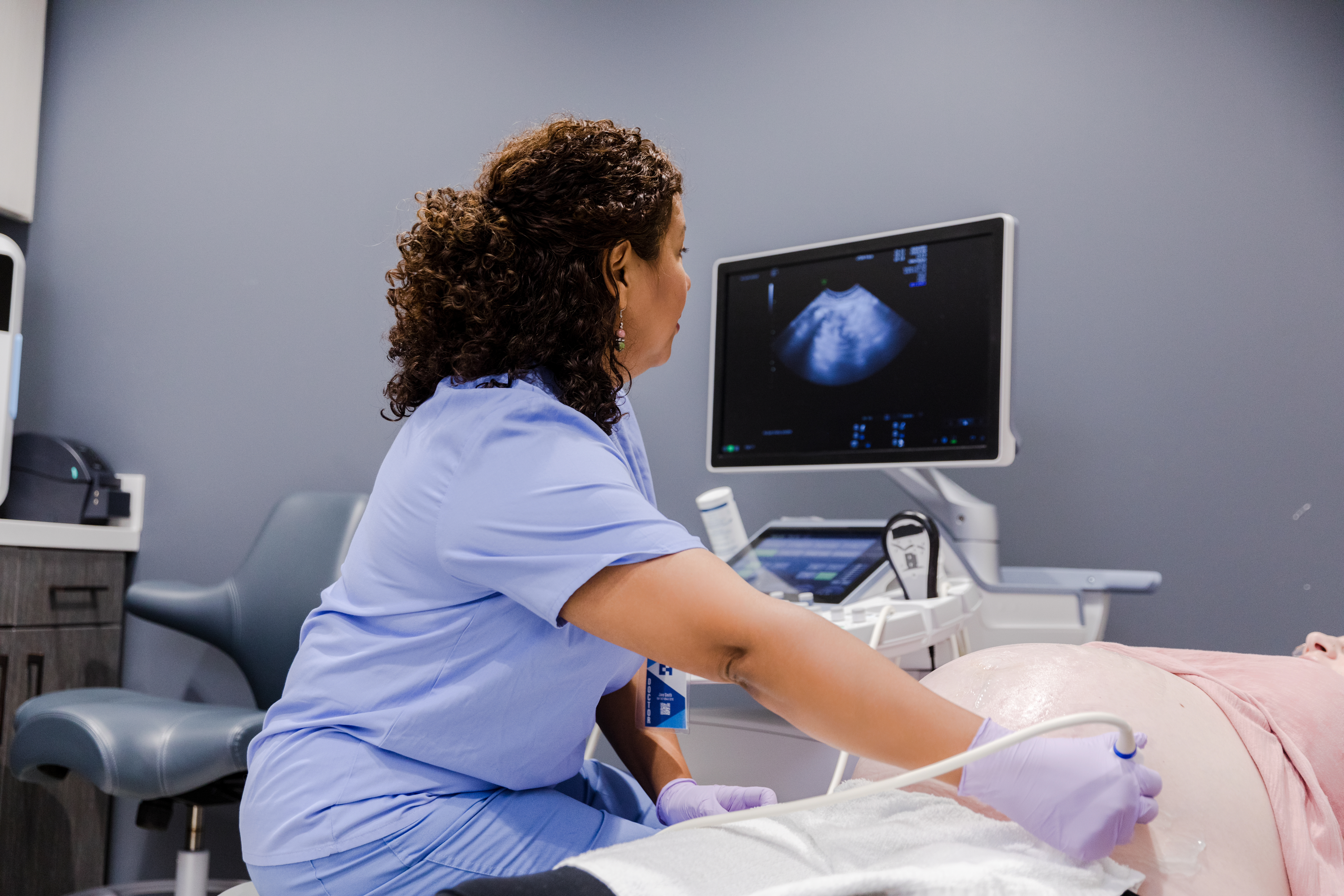
In response to changes within sonographic education and to workforce shortages, the SoR has published case studies and guidance on increasing training capacity for those seeking work in ultrasound.
The document, entitled ‘Potential Ways to Increase Sonographer Training Capacity: case studies’, was developed as part of the Health Education England (HEE) Sonography Training Group (STG)
It explores alternative ways to increase the capacity to teach ultrasound clinical skills, and allow more sonographers to be trained in the UK.
Intensive clinical mentorship
Included case studies cover various models, initiatives and potential avenues of career progression from across the UK and beyond, including those used in other NHS professions.
By providing case studies and suggestions, based on personal communication and published evidence, the publication seeks to increase clinical capacity for sonographer education.
It also aims to highlight a range of possible benefits, limitations and solutions for the various models discussed. The case studies could be used by academic staff, clinical leads, practice educators and funders to explore options that might be of value in their own region or institution.
Gill Harrison, professional officer for ultrasound and chair of the STG at the time of the studies, explained that one of the challenges to increasing the number of sonographers entering the workforce has been the traditional training method of intensive, one-to-one clinical mentorship.
Developing a business case
The STG looked at alternative options to this method, leading to a successful funding bid to develop ultrasound academies in England, which are now part of the regional imaging academies in England.
As an organisation, the SoR has lobbied for funding support to increase the number of sonographers that can be trained within the UK on the Consortium for the Accreditation of Sonographic Education (CASE) accredited ultrasound programmes.
Gill added: “We hope this document can stimulate discussion and ideas within NHS Trusts, Health Boards, regional networks or country wide to explore alternative methods of increasing clinical placement capacity to meet the CASE requirements for entry to ultrasound courses.
“Some are focused on low cost, local level ideas, while others require funding and wider collaboration, but this publication might help with the development of a business case for additional funding.”
The document is part of the work commissioned by NHS England. A subsequent document to support practice educators is due to be published shortly, as the practice educator role is key to supporting the clinical learning experience.
Read the full document here.
(Image: Photo by SDI Productions, via Getty Images)
